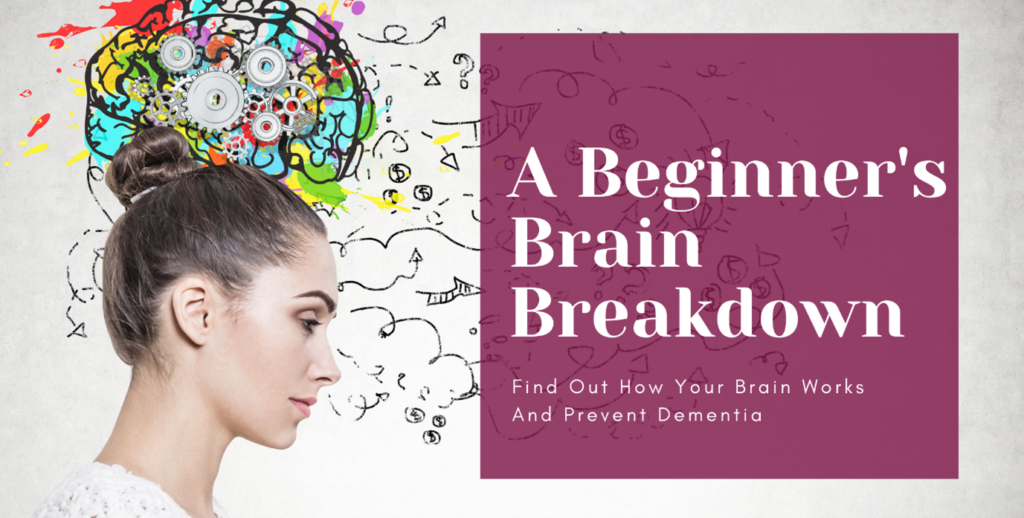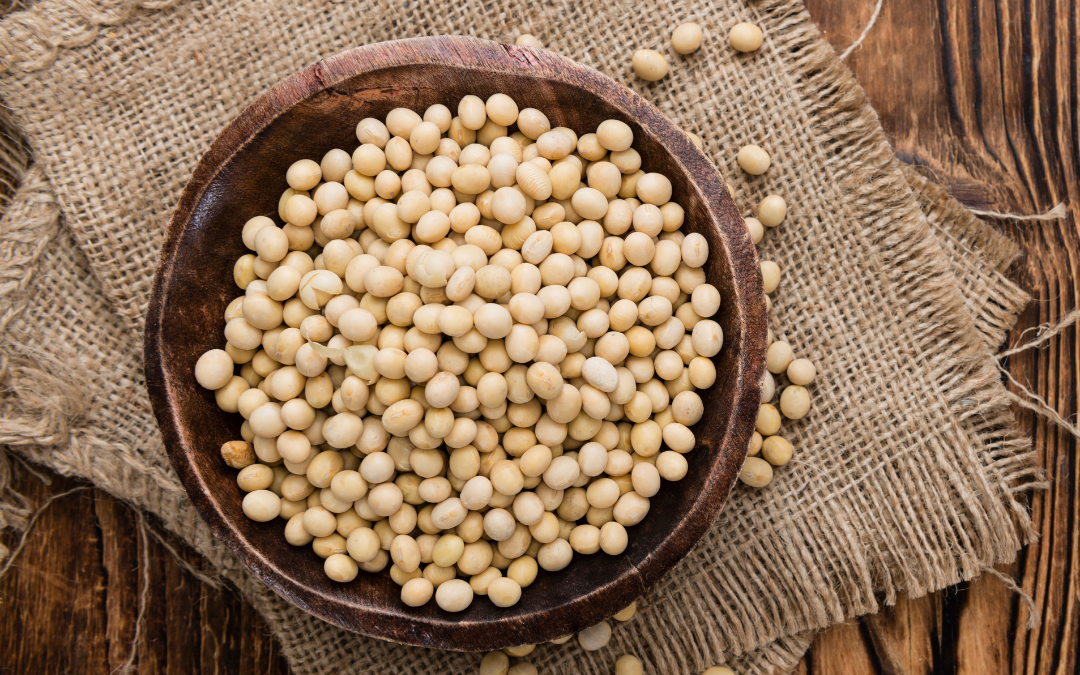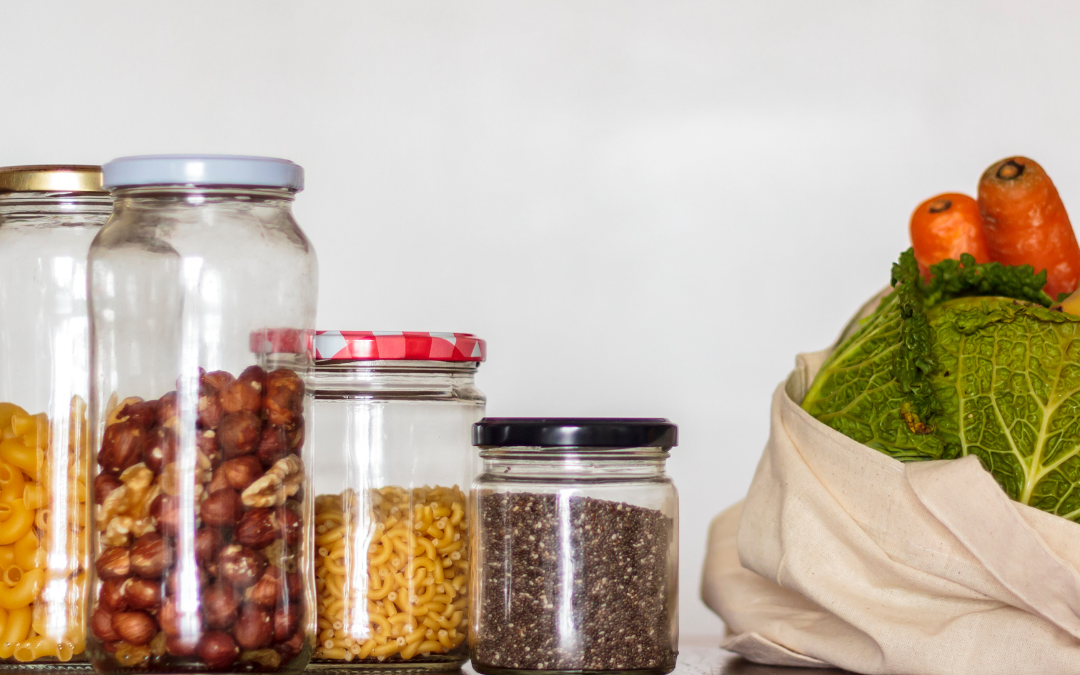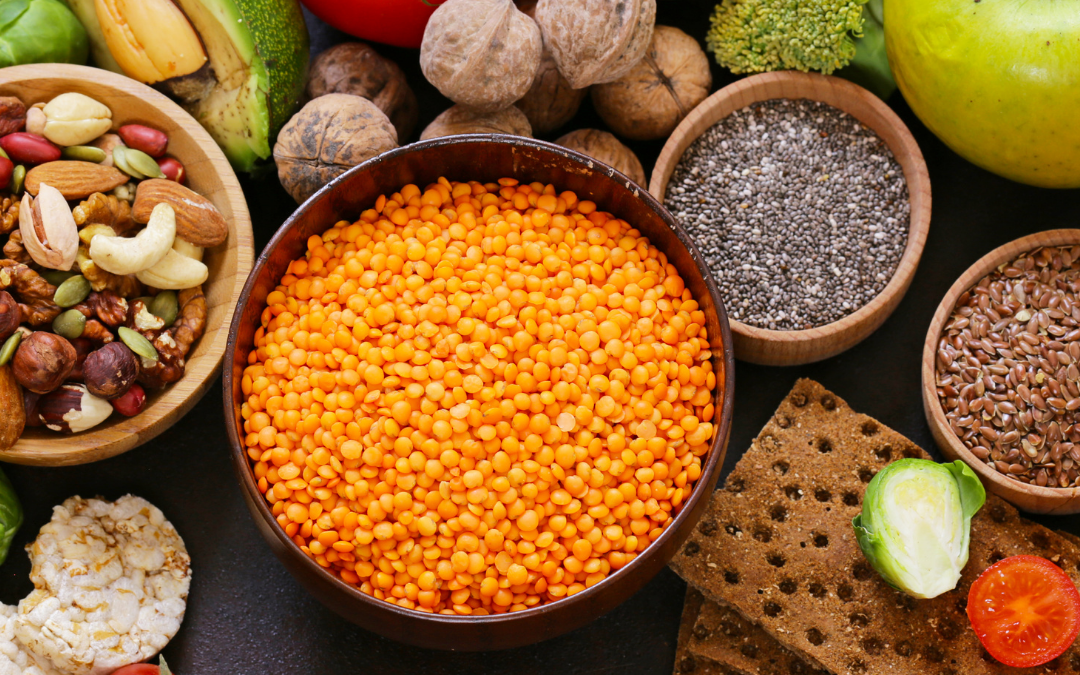The fastest way to help the body recover from the effects of a hangover caused by alcohol, rich food and late nights, is to support your body’s detoxification process, restore your blood sugar balance and combat dehydration.
A whole variety of foods can assist these processes, but Dr Marilyn Glenville discusses some of the key players here:
Top tips to avoid a hangover
Drink Water! Even mild dehydration can lead to ‘hangover’ symptoms including fatigue, headache and bad moods. Nutrients cannot move into cells, and wastes cannot move out of the body, without water as a vital means of transportation. Alcohol and caffeine can cause the body to excrete too much water, along with nutrients such as Magnesium, Potassium and Vitamins B and C. These nutrients are particularly needed to help to restore your energy levels and support detoxification by your liver.
As Vitamins B and C are water-soluble, they can be absorbed and used by the body within hours, so they can help ease a hangover fairly quickly.
Take Magnesium, Vitamin C and B complex supplements, and eat fibre-rich wholefoods for a boost of these nutrients and to help balance the level of sugar in your blood.
Try oat porridge with cinnamon powder and fresh fruit for Monday morning’s breakfast. If you are feeling queasy as your body is still trying to digest last night’s takeaway curry, just try some oatcakes with some banana or apple. This also makes a tasty mid-morning snack when your blood sugar dips. It is important not to rely on sugary foods and drinks to ‘prop up’ your energy levels throughout the day, because although you may feel better quickly, you will rebound and feel even worse later on. Using sugar as a crutch to provide a temporary boost of energy to get you through the day, can lead to a bad night’s sleep. This starts off your next day badly and you can fall into the vicious cycle of using sugar and other stimulants daily.
So follow the 4 simple rules to balance your blood sugar and energy levels:
1) Eat little and often (3 moderate meals plus 2 snacks. Avoids gaps longer than 2 – 3 hours between food).
2) Avoid highly sugary & processed carbohydrates (‘white’ bread, pasta and rice; biscuits, pastries, etc). Instead choose wholegrain cereals full of fibre and nutrients, which will release sugar steadily.
3) When eating carbohydrates, also eat foods containing protein and the good omega fats, as they ensure a nice steady release of sugar into your blood.
4) Avoid stimulants (tea, coffee, smoking, recreational drugs, alcohol, etc) which upset your blood sugar balance, leading to fatigue and poor concentration.
If you find you still need some extra energy to get you through Monday, then try some herbal supplements, such as Siberian Ginseng. This gently supports your adrenal glands to help them cope with the stressful effects of the hangover, and ensure they can assist steady energy production through the day. Drinking Green tea can also be helpful as it contains L-Theanine – a nutrient that enables calm but alert thinking, and can offset the small amount of caffeine in the tea. Freshly-squeezed lemon juice in some warm water can help to alleviate nausea and pep up your liver.
Your liver is also very important to help you prevent and overcome ‘hangover’ effects. Not only does it help to regulate your blood sugar, but it works as the ‘filtering factory’ of the body – cleaning out wastes and toxins from your blood. Your liver has to work extra hard for you after a weekend of alcohol and fatty food, so make its job easier by taking Vitamin C and herbal teas or supplements such as Milk Thistle, Artichoke and Dandelion. Include liver-supportive foods such as beetroot, broccoli, garlic, asparagus and also Omega fat-rich foods such as flaxseeds, walnuts and avocado. In the long-term, as Omega fats form the membrane around all your body cells, they are essential for your whole body’s health but especially for your brain function, mood and energy levels.
If the ‘Monday Morning’ feeling is a permanent fixture in your diary, then you should consider consulting one of our qualified Nutritionists to give you an individualised action plan, to help your body minimize and cope with the stress and damaging effects of overindulgence.








